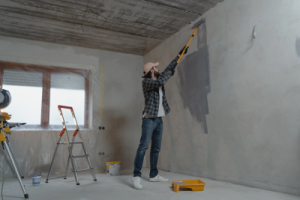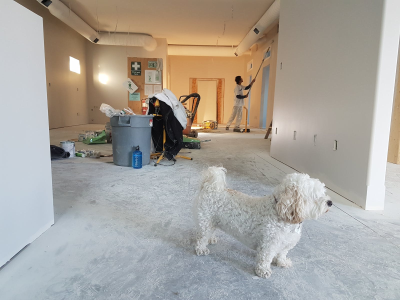Are you excited about the possibilities of transforming your home into a more comfortable, efficient space? If so, you’re not alone. Home renovations are one of the most popular and rewarding DIY projects for homeowners today. But like any project, it’s important to understand what goes into planning and budgeting for home renovations before you jump in feet first.
1. Hire a Professional Renovation Company
First things first, your best bet when it comes to home renovation planning and budgeting is to hire a professional renovation company. An experienced contractor will be able to provide guidance on how much the project will cost and can help you create an accurate budget. People from Signature Remodeling say it’s important to keep in mind that the cost of materials and labor can fluctuate depending on market demand, so having an experienced contractor is key to staying within your budget. This is especially true if you’re planning a large-scale renovation or working with complex materials like stone, tile, and hardwood floors.
2. Create a Prioritized List of Renovation Objectives
Once you’ve determined the budget for your project, it’s time to start identifying and prioritizing your objectives. Make a list of all the improvements or renovations you hope to accomplish from most important to least important. Define what is critical versus nice-to-have and determine if there is anything on your list that can wait until a future budget allocation. This will help ensure that any available funds are allocated in an organized fashion toward achieving as many objectives as possible.
3. Research Different Materials and Suppliers
Once you have a plan of action and a budget, it’s time to start researching different materials and suppliers. It’s important to figure out what type of products your project will require, as well as which brands are the best quality for the price. Do some research online and read reviews from other homeowners who have used certain products before. You should also get quotes from multiple suppliers so you can compare prices and determine which option is most cost-effective for you.
4. Create a Contingency Plan
It’s a good idea to include a contingency plan in your overall budget. Unexpected issues can arise during any home renovation project, so it’s important to be prepared for them. A contingency plan should cover any extra expenses that may occur and allow you to deal with them as they come up. Consider setting aside 3-5 percent of your total budget for unexpected costs—this will help you stay on track if things don’t go according to plan. In addition to setting aside money for emergency situations, it’s also a good idea to set deadlines throughout the renovation process and establish an emergency fund that can be used when needed.

Home renovation projects can be difficult, but with proper planning and budgeting, they don’t have to be overwhelming. Hiring a professional contractor is a great way to ensure that your project runs smoothly and on time. Then, create a list of objectives and do research on materials and suppliers so you can allocate money in an organized fashion. By creating a contingency plan and setting aside money for unexpected costs, you can ensure that your project stays on track and within budget.












